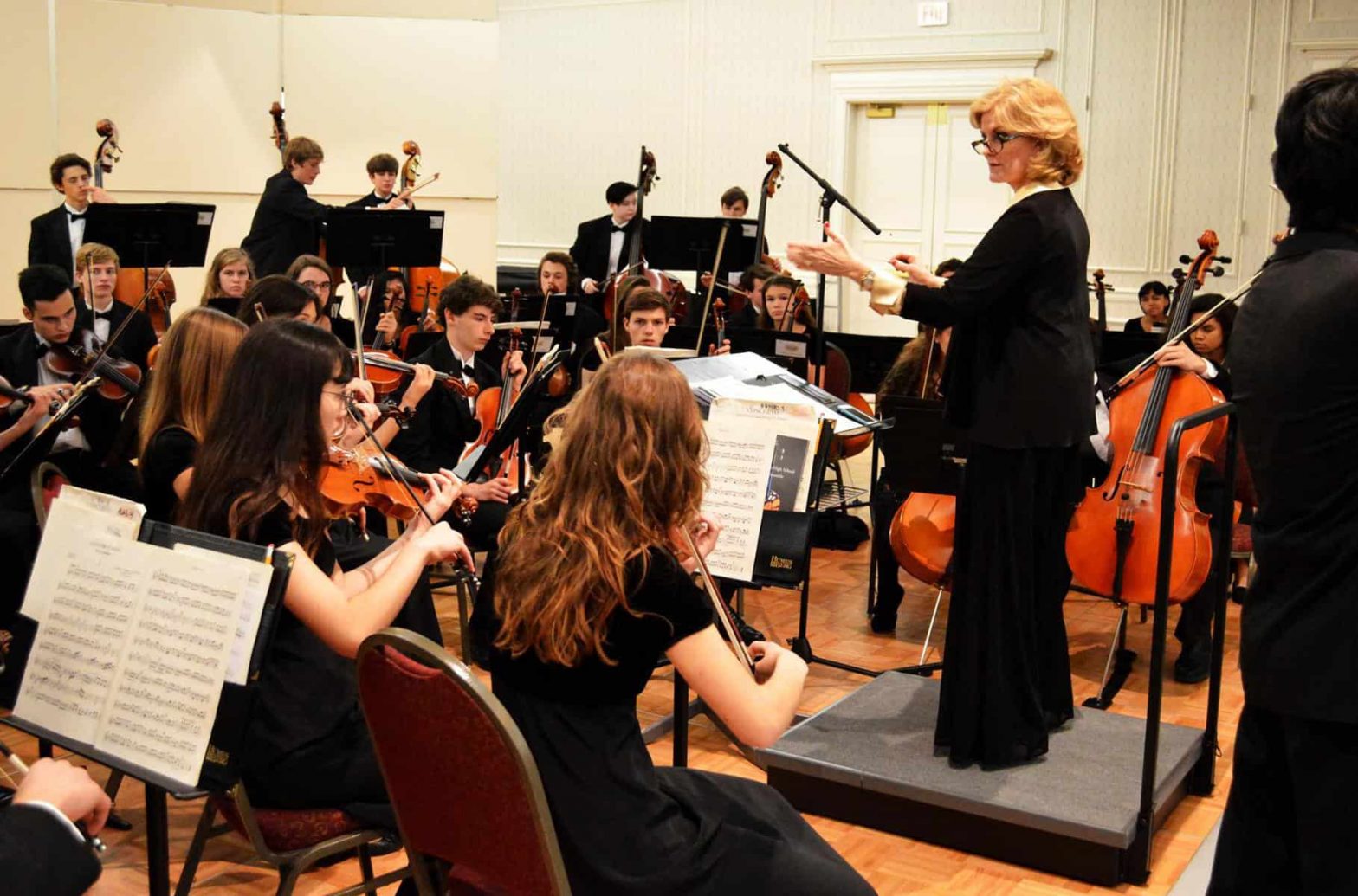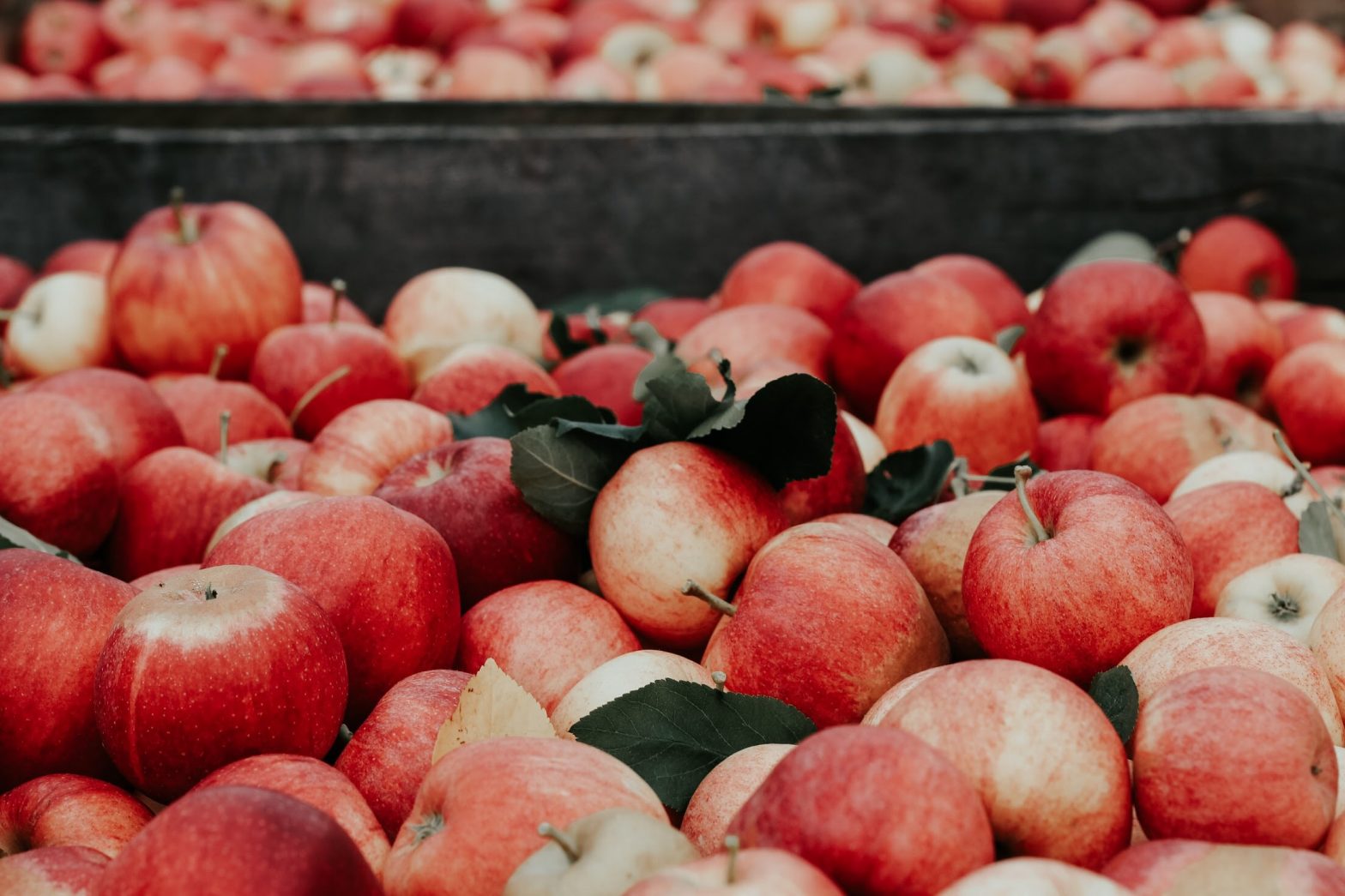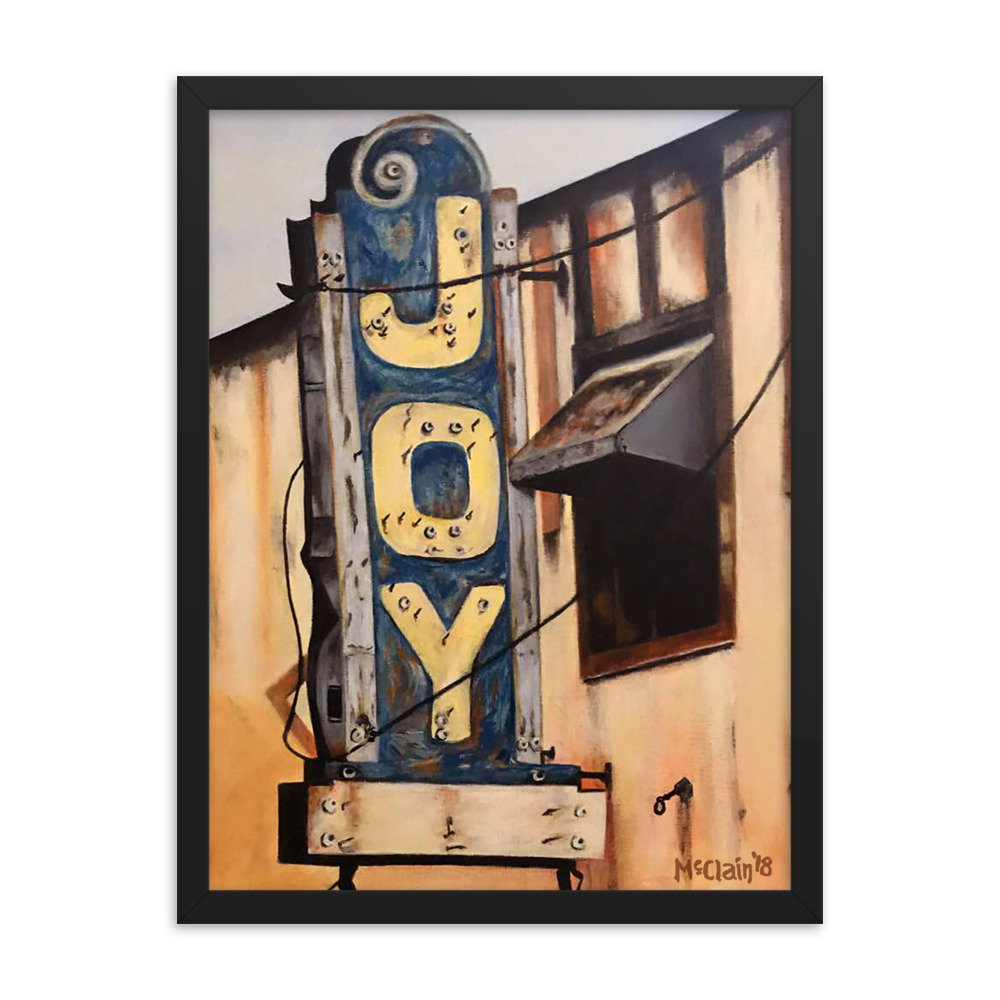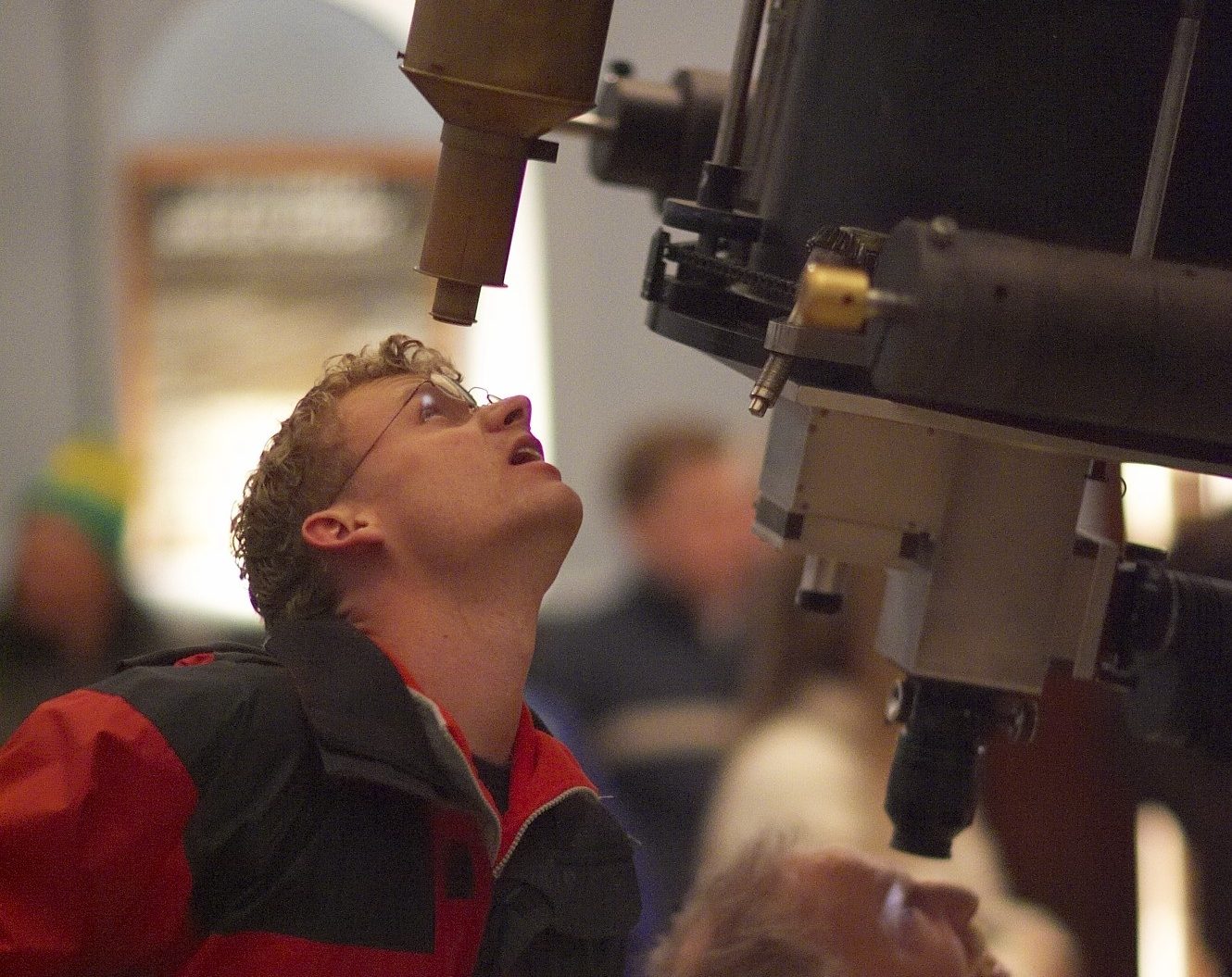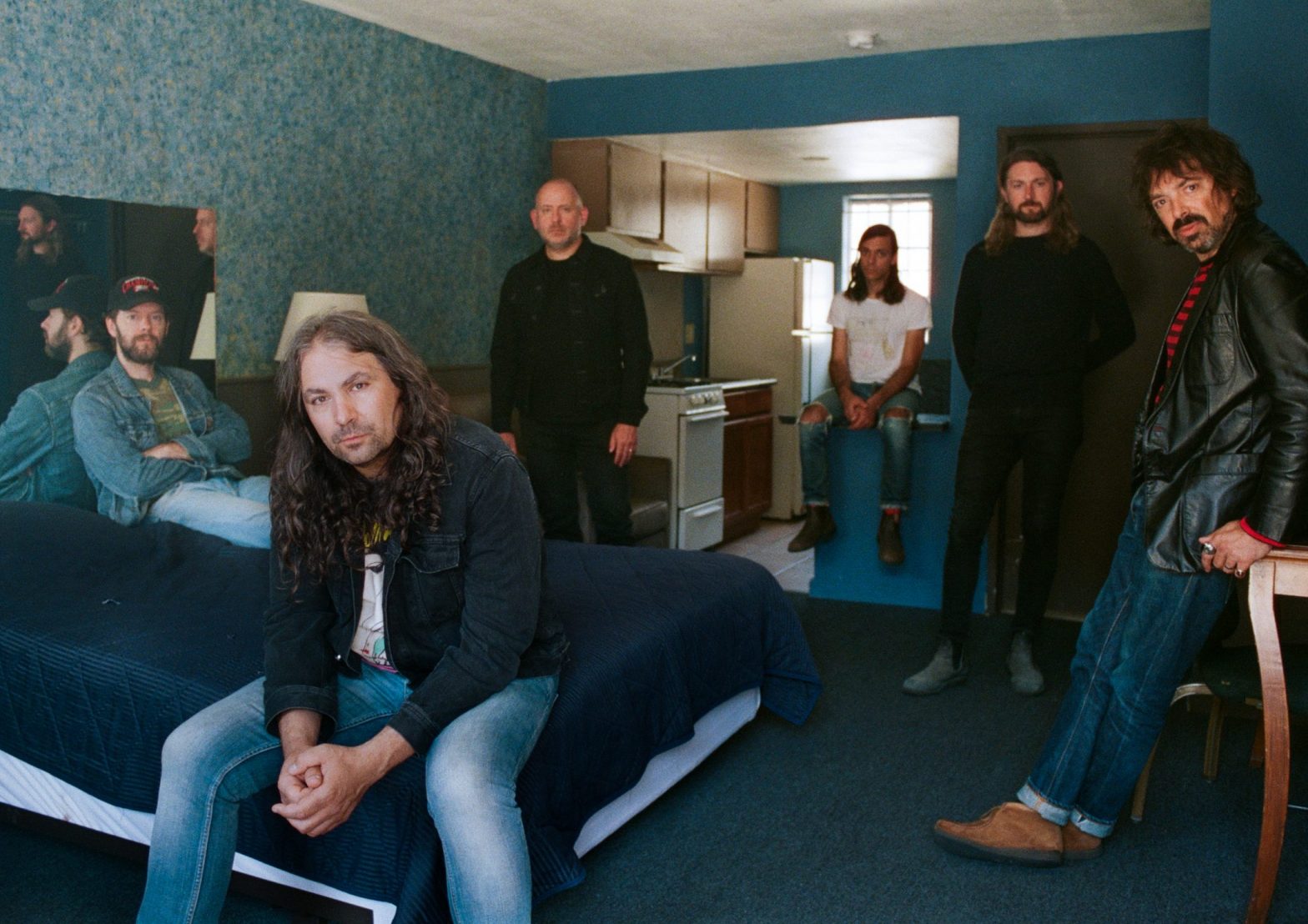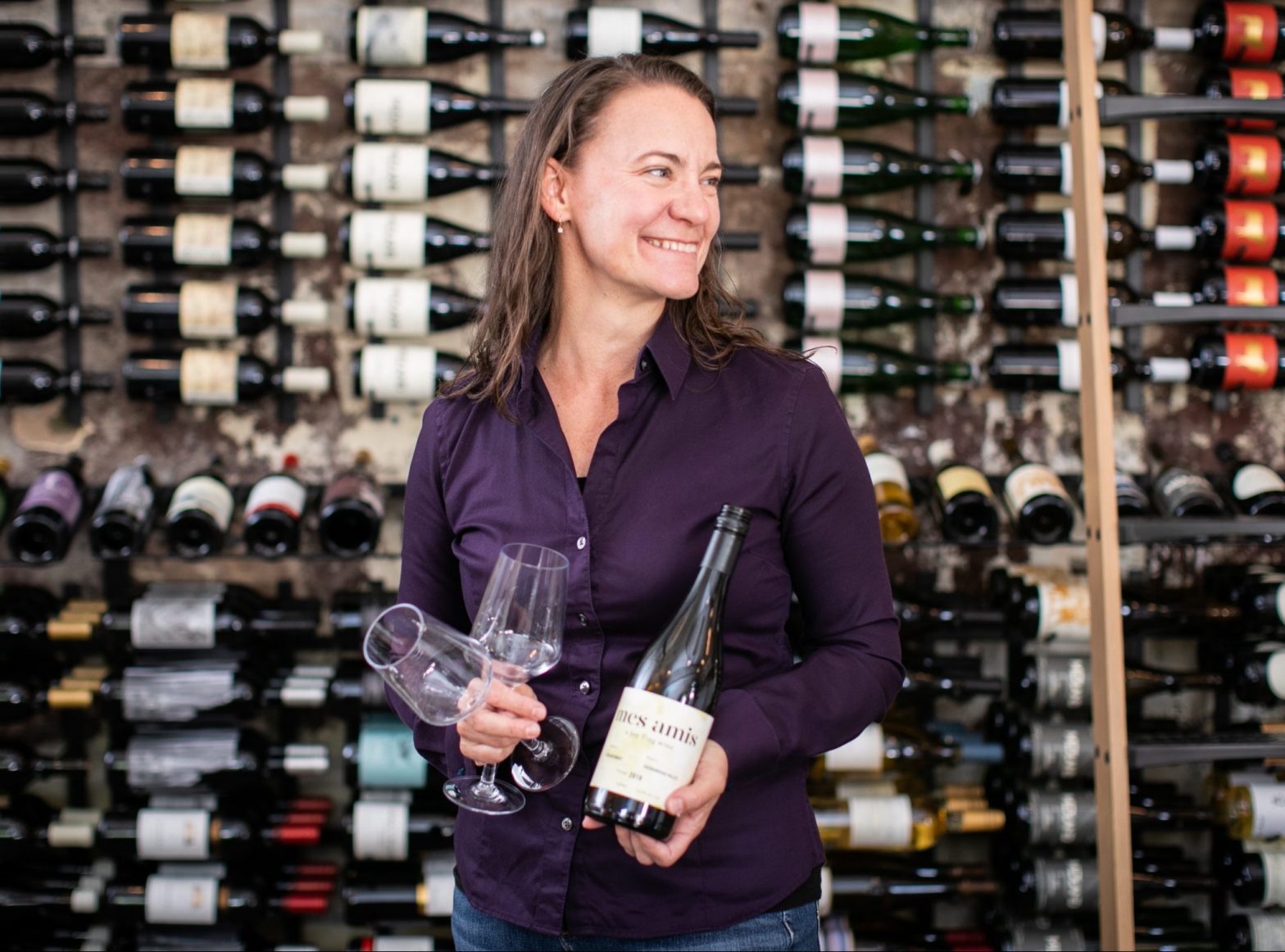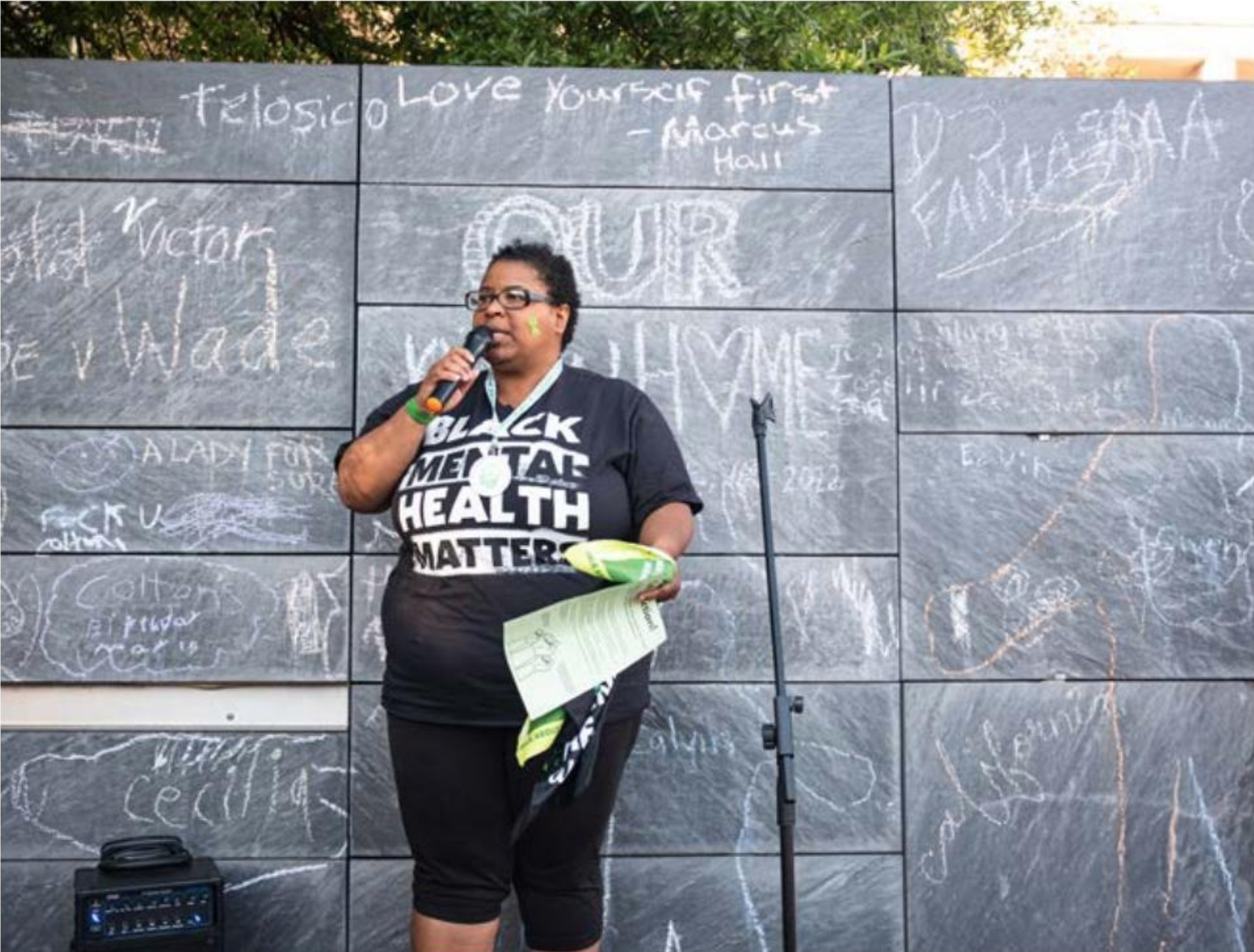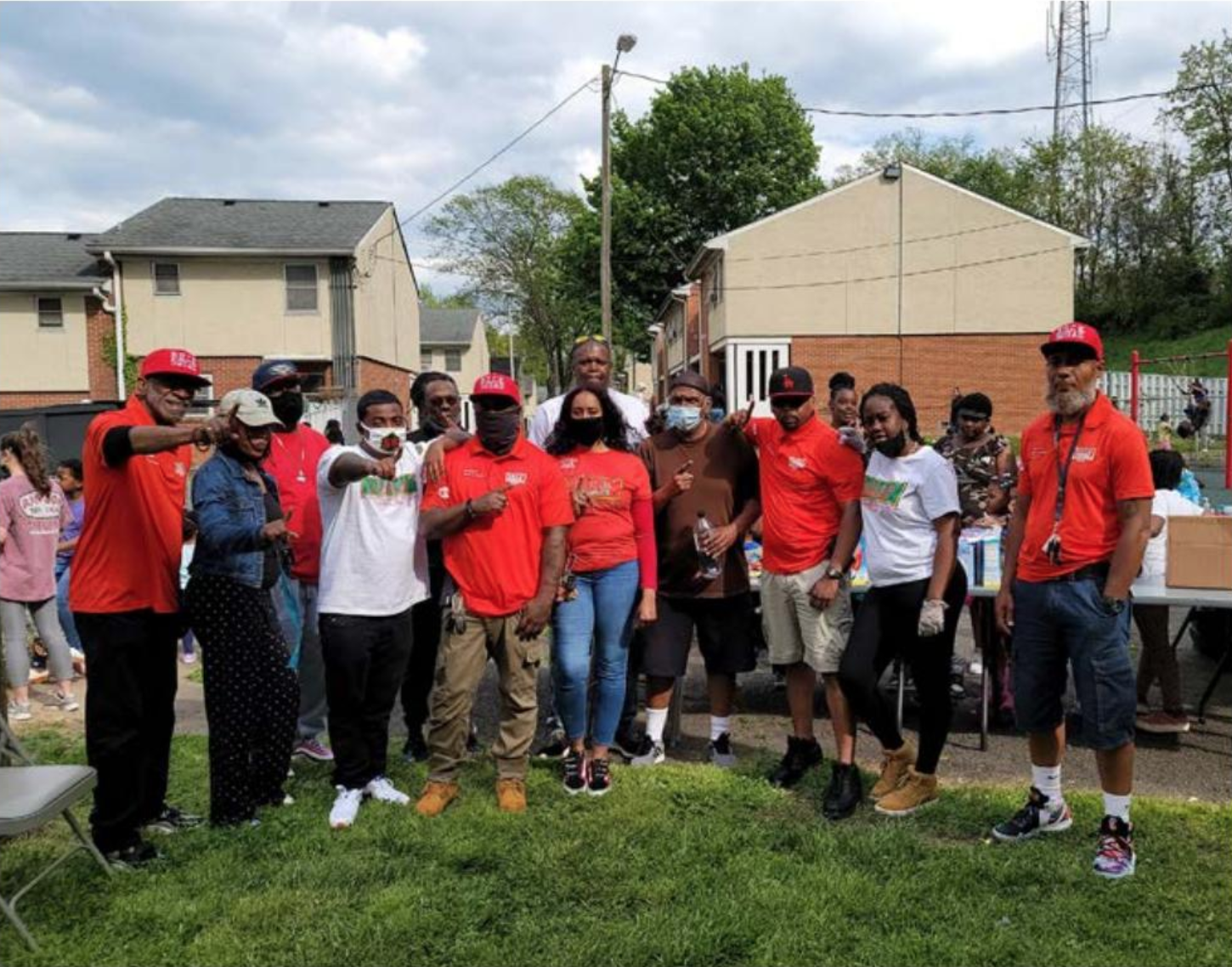CHS music legend retires
The woman who built Charlottesville High School’s orchestra into an award-winning juggernaut is retiring after 40 years.
“Laura Mulligan Thomas has influenced generations of students in Charlottesville with a music education that is second to none,” said Charlottesville Superintendent Royal A. Gurley, Jr. in a release announcing her retirement. “She leaves a legacy in our schools.”
Thomas accepted the job as CHS orchestra director right out of college at age 22. In 1989, she took the then-40-member orchestra to a competition in New York City and won a gold medal. Recognitions for her program kept adding up as Thomas led the orchestra to competitions across the United States and abroad.
Among many personal honors, Thomas was named Charlottesville Rotary Club’s Citizen of the Year, the Virginia Women’s Forum Charlottesville Woman of the Year, and Outstanding Educator in Central Virginia by Phi Delta Kappa. She was also the recipient of the Golden Apple and Piedmont Council of the Arts awards.
The city schools’ orchestra program begins at Walker Upper Elementary, and at CHS Thomas has additionally mentored string ensembles that perform at events around the Charlottesville area. Her former students range in age from late teens to late 50s, and many have gone on to careers in music performance and education.
Among those former students is Thomas’ daughter, Emily Waters, who will step into her mother’s shoes. Waters has degrees in music and music education from VCU and JMU. She is currently the orchestra director at Walker.
Crozet mom claims anti-racism changed son
Crozet mother Melissa Riley has accused Albemarle County Public Schools’ anti-racism curriculum of completely warping her 13-year-old biracial son’s perspective on race and identity. Riley, who is white, claims that her son, an eighth grader at Henley Middle School, now identifies as a Black man, and has “racial issues.”
“He’s seeing things that don’t go his way as racism. And he is finding safety in numbers now,” Riley said in an interview on Fox News last week. “I asked him to clean the house, [he said] ‘racism.’”
The single mother also claims her son—who “looks Hawaiian”— never saw himself as different from his white classmates or experienced racism until the school district launched an anti-racism pilot program at Henley, a predominantly white school, last spring. She believes the program—which educates students on white privilege, systemic racism, and other racial issues—indoctrinates students to view and treat each other differently based on skin color, and ultimately promotes discrimination against white people.
Riley and other disgruntled parents are plaintiffs in a lawsuit filed against the county school board by the Alliance Defending Freedom, a conservative nonprofit, in December, claiming that the district’s anti-racism curriculum violates the Virginia Constitution and parental rights. A circuit court judge dismissed the lawsuit last month, finding no evidence that the curriculum is racist or divisive. ADF plans to appeal the ruling.
In brief
Free formula
In response to the national baby formula shortage, Pediatric Associates of Charlottesville is giving out free formula samples and collecting unopened formula donations. The Voices of Liberation Free Store has also created a no-barrier formula support grant—caregivers in need can call or text (434) 218-3229, or email visionsofliberation365@gmail.com.
On the rise
COVID cases are on the rise again in the Blue Ridge Health District—as of May 24, the district averaged 122 new cases over a seven-day period, compared to 46 cases on April 24. The UVA Medical Center has also seen an uptick in COVID patients over the past month. Despite this spike, the health district took down its local COVID data portal last week—area case counts, vaccination rates, and other data are now only available on the Virginia Department of Health and Centers for Disease Control websites.
Good wins
Virginia 5th Congressional District Representative Republican Bob Good defeated challenger Dan Moy in a GOP nominating convention in Farmville on Saturday. Good received 1,488 votes, while Moy received only 271. The incumbent will face off against Democratic nominee Josh Throneburg in November.
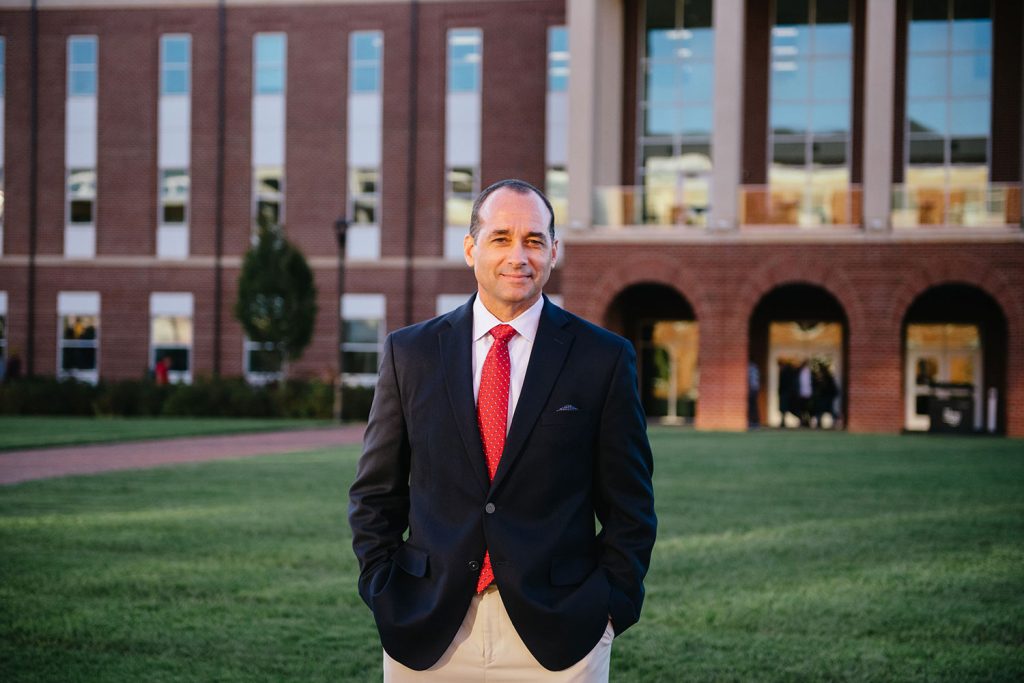
Speaking up
Monticello High School seniors Carlos Armengol and Caroline Devine have started a change.org petition calling on Virginia to remain a member of the Regional Greenhouse Gas Initiative, a cap-and-trade program that aims to reduce carbon emissions from fossil fuel power plants in 11 states. Though Virginia just joined RGGI last year, Governor Glenn Youngkin and state Republicans are working to withdraw the state from it.
